MEDICAL GRADE CHEMICAL PEELS
Skin Body Rescue Clinic works with a range of medical grade peels to stimulate new cell growth, collagen, and elastin production.
Skin Body Rescue Clinic works with a range of medical grade peels to stimulate new cell growth, collagen, and elastin production.
ABOUT
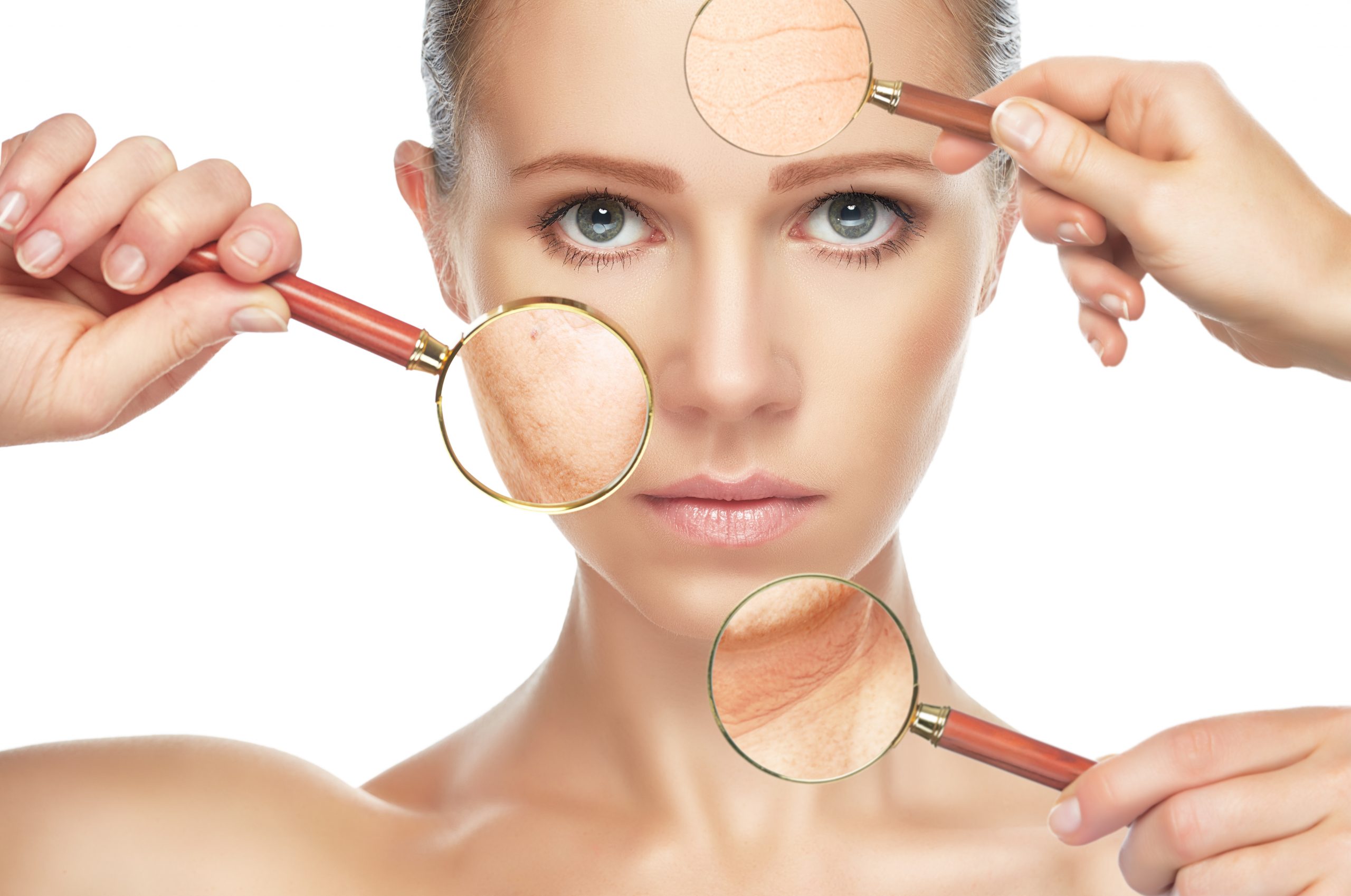
MEDICAL GRADE CHEMICAL PEELS
The medical grade chemical peel treatment is a method that uses acids and active ingredients to regenerate, resurface and exfoliate away layers of the skin to reveal fresher, clearer, more youthful-looking skin beneath the surface.
It’s an effective way to dramatically improve your skin instantly.
The powerful blend of ingredients in skin peels work to visibly reduce the appearance of open pores, remove dead skin cells, target blemishes, acne, pigmentation, and sun damage, as well as visibly smooth fine lines and wrinkles. The procedure induces new cell growth and collagen production which can improve the skin and treat skin conditions. The results can be life-transforming. Apart from regeneration, resurfacing and correcting pigmentation and acne, the right peel can work wonders at correcting ageing, collagen loss, skin texture and uneven skin tone.
OUR PEELS
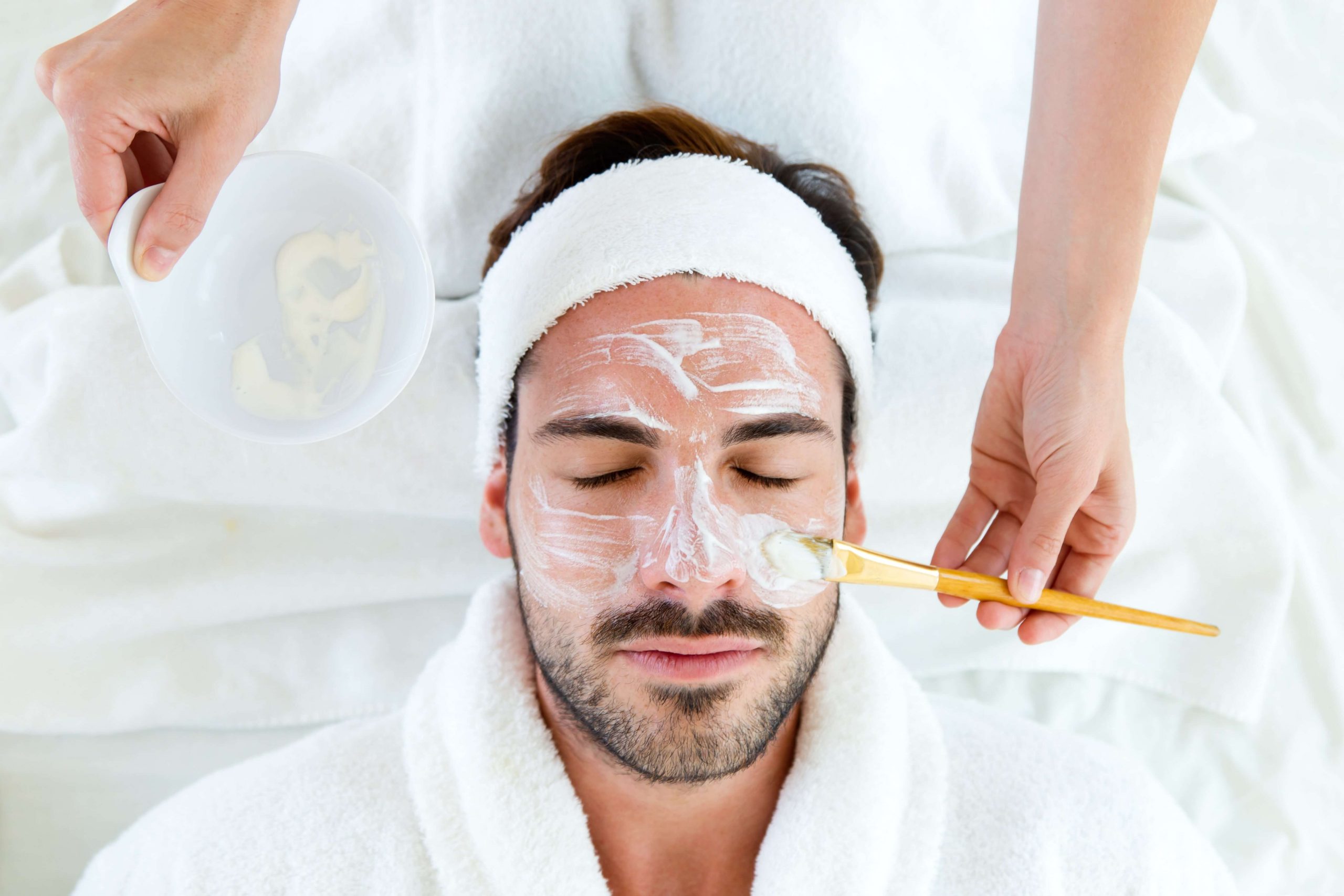
MODIFIED JESSNER PEEL
MODIFIED JESSNER PEEL
PIRUVEX PEEL
PIRUVEX PEEL
GLYCOLIC ACID PEEL
GLYCOLIC ACID PEEL
LACTIC ACID PEEL
LACTIC ACID PEEL
MANDELIC ACID PEEL
MANDELIC ACID PEEL
SALICYLIC ACID PEEL
SALICYLIC ACID PEEL
PACKAGES
Purchase three medical grade chemical peels and receive the fourth peel free.
A full course of medical grade chemical peels is recommended for optimal results.
Bespoke peel packages are also available.
MESOESTETIC DEPIGMENTATION TREATMENT
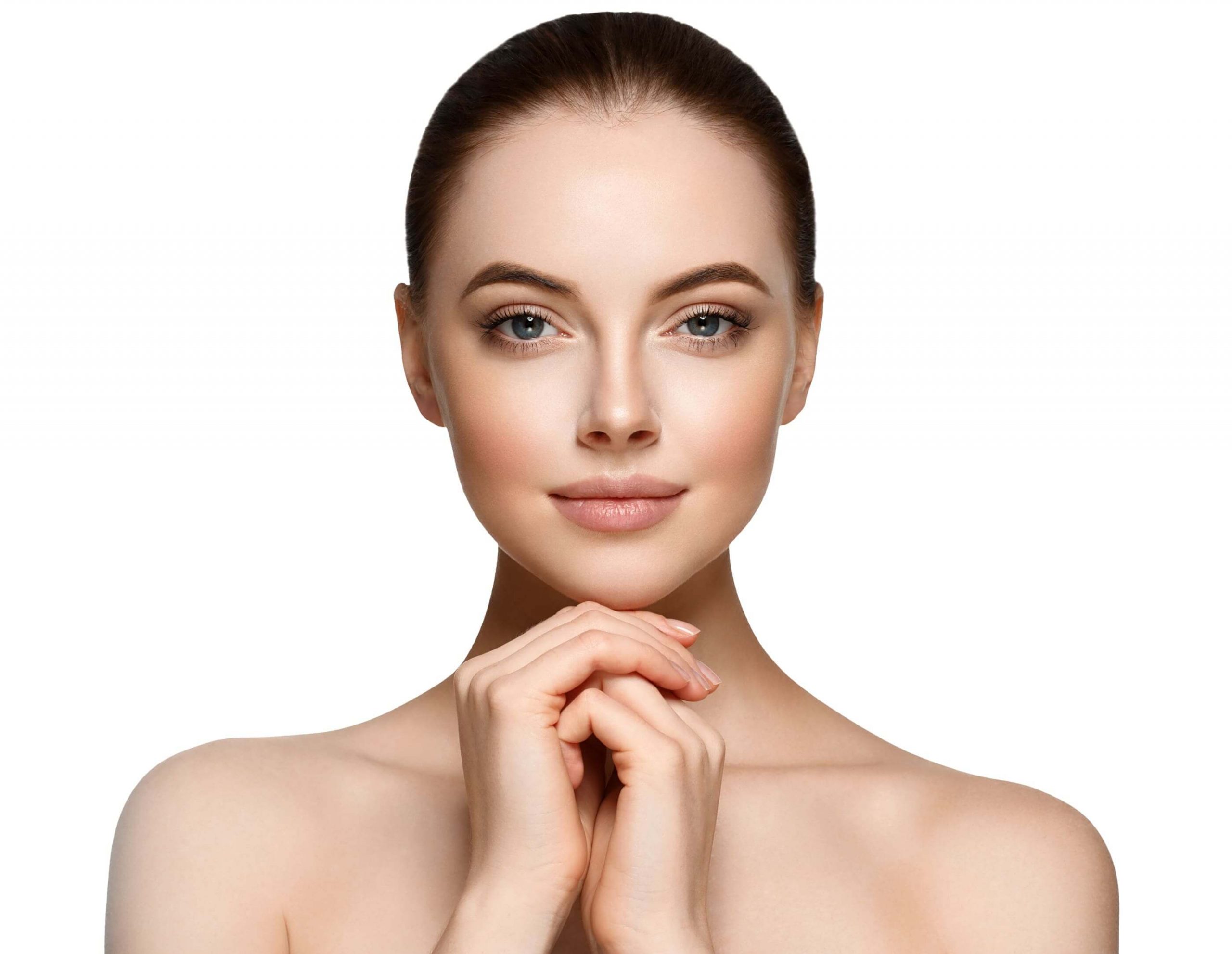
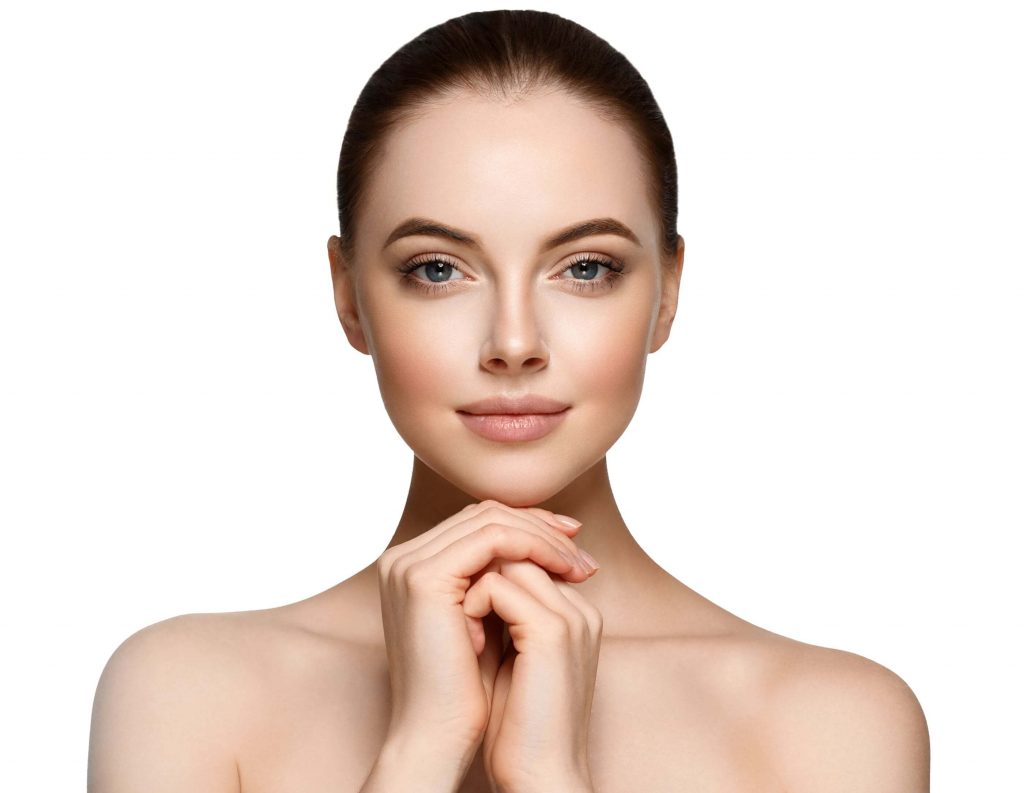
RESULTS
PRICES
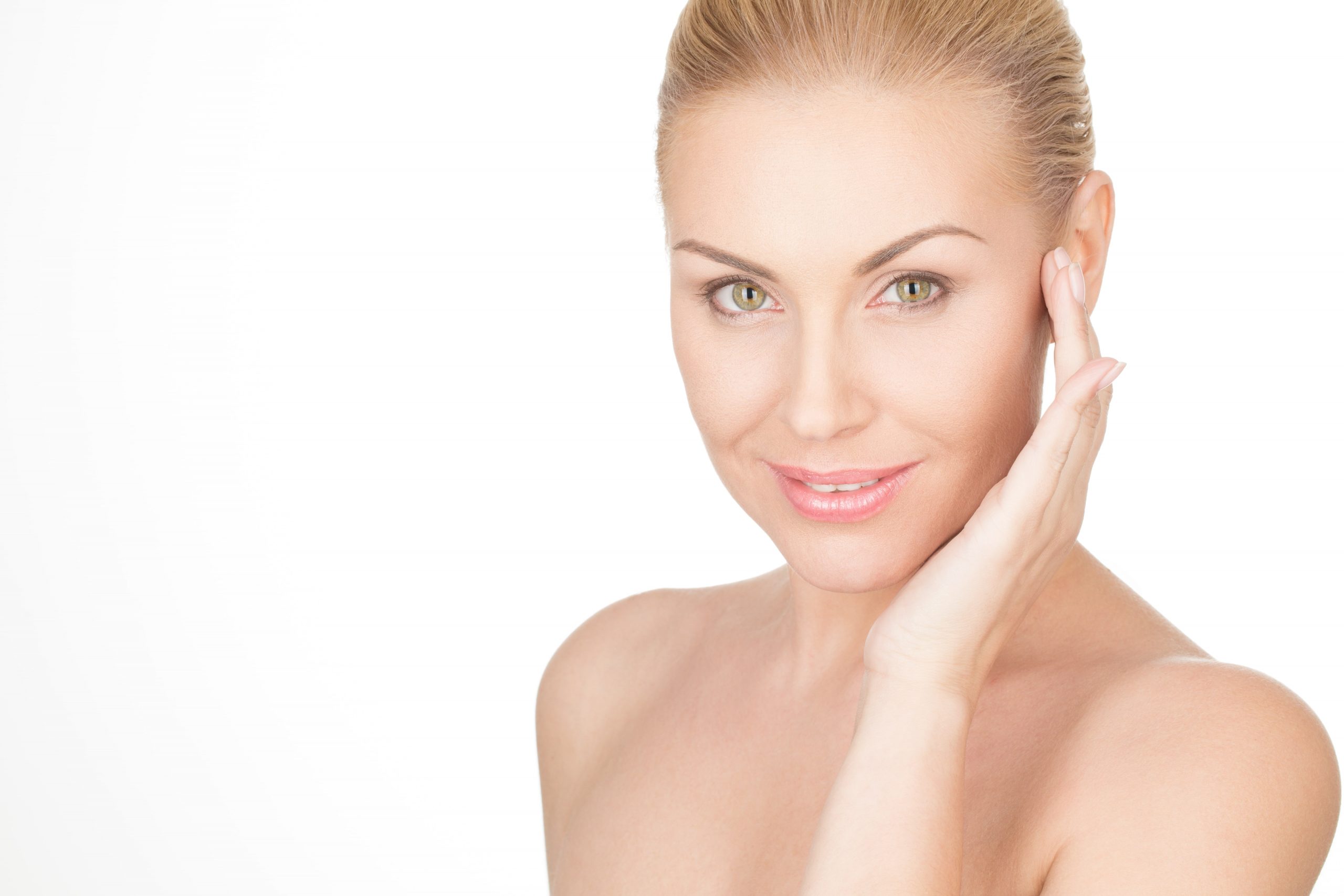
TYPE
SINGLE
PRE-PAY 8
$ 259
$ 1,900
$ 259
$ 1,900
$ 229
$ 1,700
$ 229
$ 1,700
$ 229
$ 1,700
$ 229
$ 1,700
* Led Light Therapy (Healite II) Upgrade: + $50
FAQ

A chemical peel is a skin treatment that is used to improve and smooth out the surface of the skin. A chemical solution is used to remove the top layers of skin, which allows this dead surface skin to peel off. The peeling process leads to new skin growth – usually smoother, healthier, and less wrinkled compared to the old skin. Chemical peels should only be performed by professionals.
A skin consultation will be required before we recommend which peel is most suitable for your skin. There are three different types of peels: superficial, medium, and deep peels. These are categorised by the strength of the acid solution used in the peel and how deeply they penetrate the skin. Deeper peels penetrate the skin further and require greater recovery time.
Superficial peels are a good option for many people as they have a gentler effect, require no pain relief, and can be used in more skin types, including darker skin tones, with little or no recovery time. Medium and deep chemical peels cannot be used in darker skin types and it may also take a few weeks for the skin to recover from the effects of the peeling, inflammation and redness.
The acid removes a uniform amount of damaged skin cells across the treatment area. Chemical peels can affect two layers of the skin: the epidermis and the dermis. The epidermis is the visible outer layer, and the dermis sits just beneath. The peel can remove a controlled amount of skin cells from the epidermis. It speeds up your skin’s natural healing process by stimulating the production of collagen and improving elastin fibres. These are what gives skin its youthful look and shape, reducing the appearance of fine lines and wrinkles, acne, scarring, enlarged pores and hyperpigmentation.
- Acne: superficial chemical peels exfoliate the skin, allowing dead skin cells and excess oils to be removed more effectively. This action unblocks hair follicles and pores and reduces the appearance of pimples, improving skin texture that has been damaged by acne.
- Fine lines and wrinkles: these are reduced, especially under the eyes and around the mouth in sun-damaged or ageing skin.
- Rough skin texture: chemical peels can improve rough skin texture by increasing the amount of collagen in the upper layer of the skin.
- Lentigines (large freckles): these appear as dark spots on the skin and are also called liver spots or age spots. Large freckles can develop because of sun exposure and are present on sites which are exposed to excess sun, such as the face, arms and neck. A course of chemical peels can lighten large freckles and improve the appearance of sun-damaged skin.
- Melasma: this is a dark skin discolouration which appears as patches and is commonly found on the cheeks, nose, lips, and forehead. It is common in women who are taking hormonal treatments in the form of contraceptives or Hormone Replacement Therapy (HRT) as well as pregnant women. A course of chemical peels can lighten the appearance of dark, discoloured skin caused by melasma.
- Hyperpigmentation: this is caused by excess skin pigment in the skin which can result in uneven skin tone. Chemical peels can lighten and even out the tone and appearance of the skin.
Superficial peels are suitable for all skin types.
Superficial peels are also good preparation for medium and deep peels.
- You have active cold sores or warts on the face
- You have any inflamed rashes, skin reactions or open wounds on the skin
- You are sunburnt. It is necessary to wait 4 weeks after excessive sun exposure before having a peel
- You have excessively sensitive skin, including atopic eczema, dermatitis, or inflammatory rosacea in the area to be treated
- You have a history of severe allergies or known allergies to the components of the peel
- You have taken Roaccutane (a medical treatment for severe acne) or any acne medication containing isotretinoin within the past 12 months
- You have been treated with radiotherapy or chemotherapy in the past 12 months
- You have a history of keloid scarring
Whilst you may see some very minor benefits after a single superficial peel, we recommend a course of six peels, one to two weeks apart. This will give you the best results, as the full benefits of the peels build up over the course of the treatment. After a full course of six peels, you can continue with a once-monthly maintenance peel or wait for three months before embarking on another course of peels.



